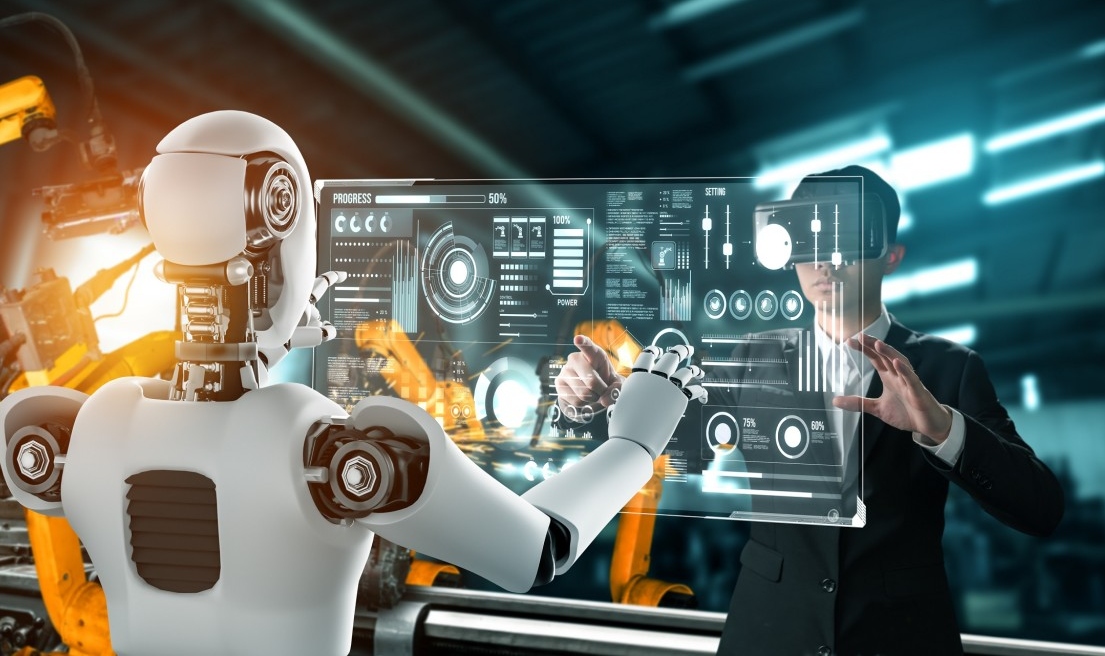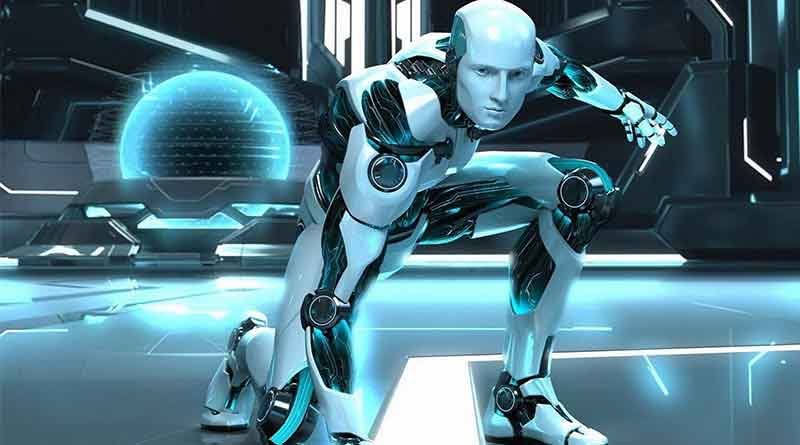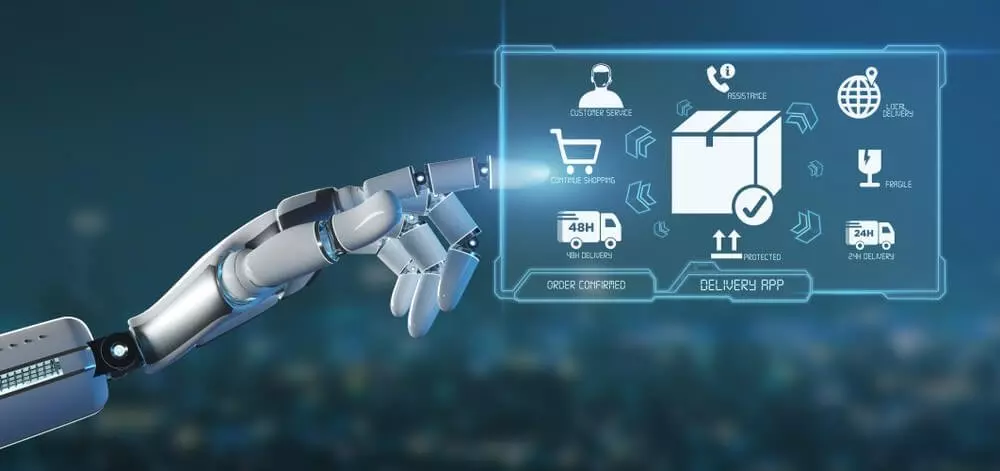TECHNOLOGY
Can Humans and Robots Coexist?

The development of robots and artificial intelligence has been the subject of discussion for many years.
As robots become more advanced and capable of performing tasks that were once exclusive to humans, the question of whether they can coexist with humans has become increasingly relevant. In this article, we will examine the potential for robots and humans to live and work together, exploring the advantages and challenges of this relationship.
Advantages of Human-Robot Coexistence

Robots are equipped with sensors and algorithms that allow them to collect vast amounts of data, making it easier to identify patterns and trends. This data can be used to make informed decisions, improve processes, and increase overall efficiency. Robots can be customized and programmed to perform specific tasks, making them more efficient at those tasks than humans. This customization and personalization can help to increase overall productivity and meet the specific needs of each business.
Increased Efficiency
One of the key advantages of human-robot coexistence is increased efficiency. Robots can perform tasks more quickly and accurately than humans, freeing up time for us to focus on more complex and creative tasks. For example, robots can be used to automate repetitive tasks in manufacturing and assembly, allowing humans to concentrate on higher-level tasks such as quality control and problem-solving.
Improved Safety
Another advantage of human-robot coexistence is improved safety. Robots can be used in dangerous or hazardous environments, such as construction sites or disaster zones, reducing the risk of injury to humans. They can also be programmed to perform tasks that are too dangerous for humans, such as handling hazardous materials or exploring the depths of the ocean.
Enhanced Collaboration
By working alongside robots, humans can also benefit from enhanced collaboration. For example, in a factory setting, robots can be programmed to work together with humans to complete tasks more efficiently. This collaborative approach can lead to improved productivity and reduced costs, making it a win-win for both humans and robots.
Challenges of Human-Robot Coexistence

Robots can automate certain tasks, rendering certain jobs redundant, leading to unemployment and a decrease in economic security for workers. They can also collect and store vast amounts of data, which could be vulnerable to hacking or misuse. This requires robust privacy and security measures to be in place to protect sensitive information and ensure that it is not misused. As robots become increasingly integrated into the workforce, there is a growing need for clear regulations and ethical guidelines to govern their use.
Job Losses
One of the biggest challenges of human-robot coexistence is the potential for job losses. As robots become more capable of performing tasks that were once performed by humans, there is a risk that some jobs will become redundant. This could lead to a loss of income for affected individuals and could exacerbate social and economic inequalities.
Ethical Considerations
Another challenge of human-robot coexistence is the ethical considerations that must be taken into account. For example, questions around the use of robots in military operations, the privacy and security of personal data, and the ownership and control of robots raise complex ethical dilemmas that need to be addressed.
Technical Limitations
Despite the many advantages of human-robot coexistence, there are still technical limitations that need to be overcome. For example, robots still struggle with tasks that require human-like dexterity and decision-making, such as handling delicate objects or making ethical judgments. Until these technical limitations are overcome, robots will remain limited in their ability to work effectively alongside humans.
Conclusion
The potential for human-robot coexistence is both exciting and challenging. On the one hand, robots have the potential to increase efficiency, improve safety, and enhance collaboration. On the other hand, the threat of job losses, ethical considerations, and technical limitations must be addressed to ensure that robots and humans can coexist in a way that benefits both. While there are certainly challenges to be overcome, the benefits of human-robot coexistence make it a relationship worth pursuing.


















You must be logged in to post a comment Login